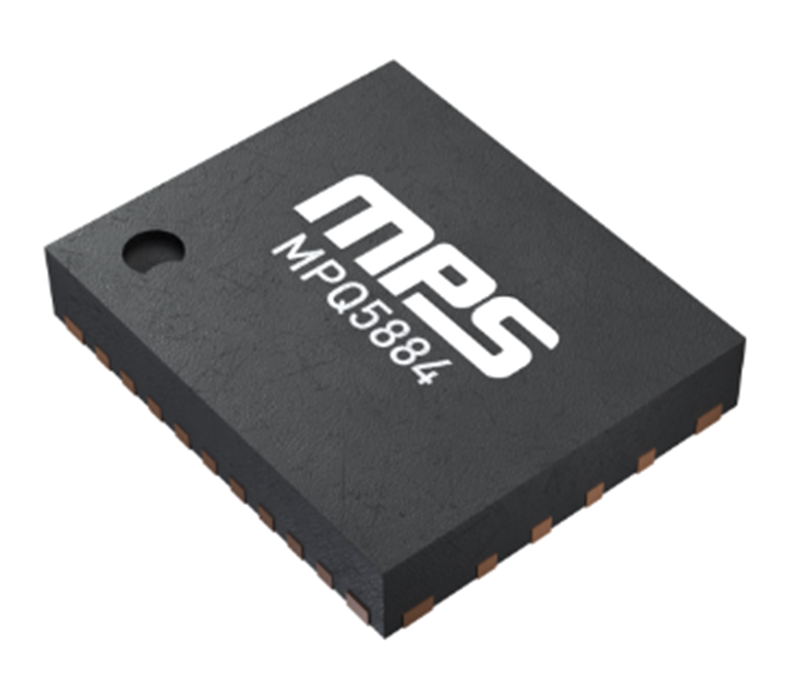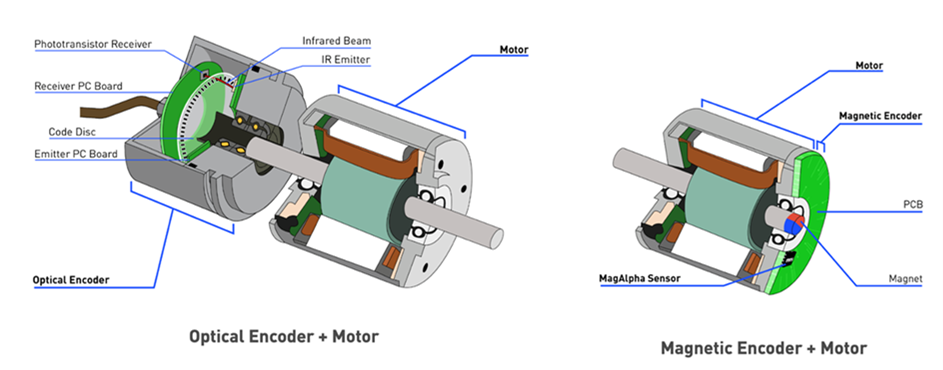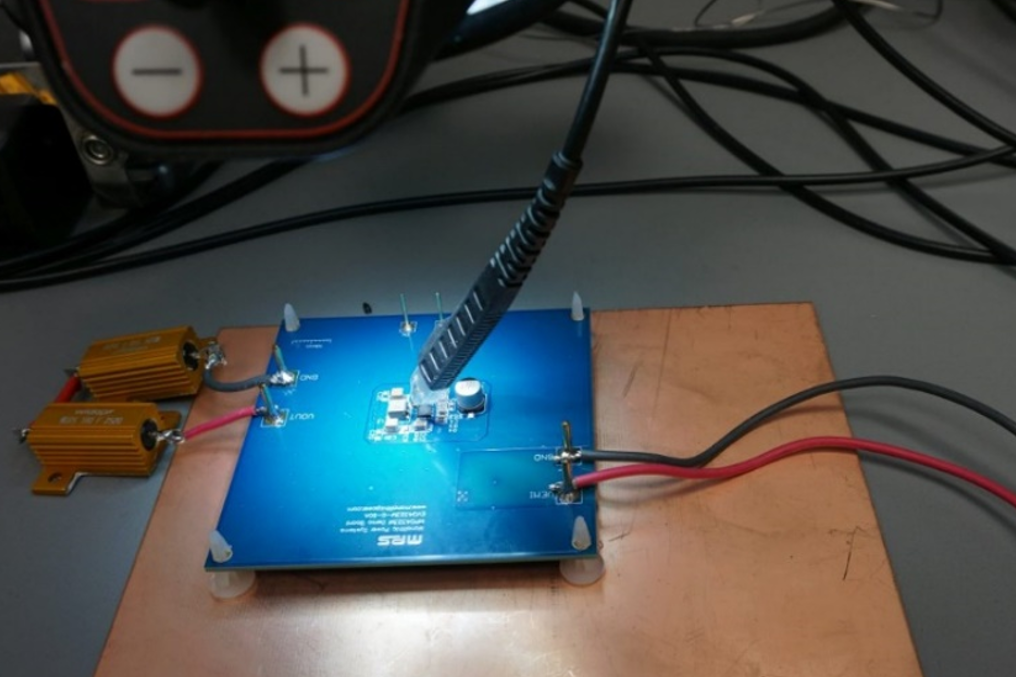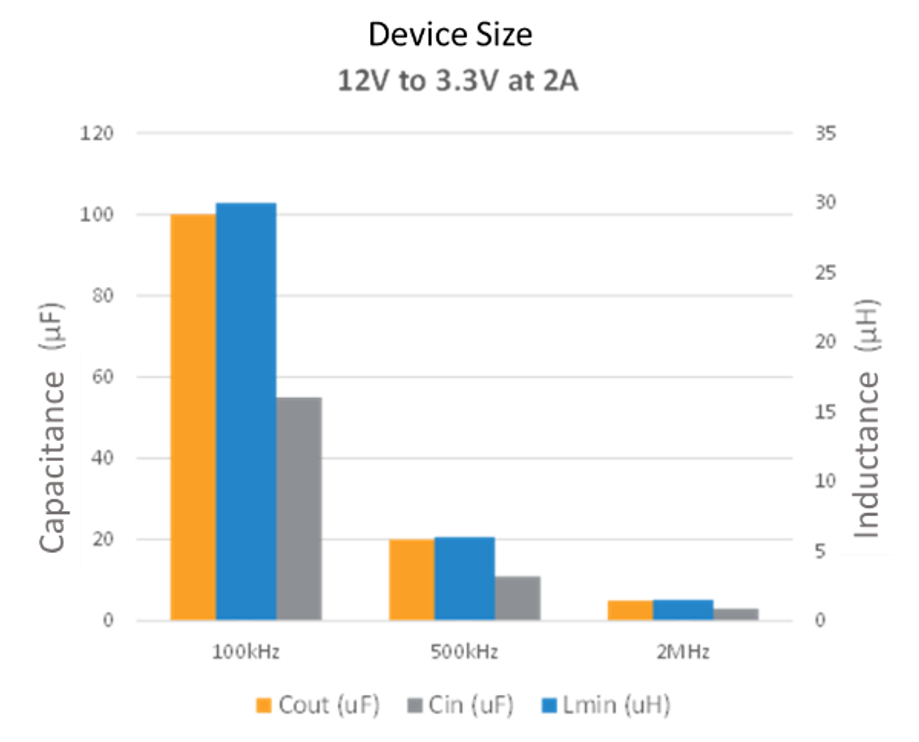Power Requirements for Sensors and Actuators
The embedded systems in automobiles are subject to constant evolution in terms of power requirements. Effective power management is now critical for maintaining the lifetime, dependability, and safe functioning of automotive systems in addition to energy conservation. Engineers and designers must comprehend the power needs of sensors and actuators in this setting.
Operating Voltage and Current Ranges
Definition: Specific voltage and current ranges are intended for the operation of each sensor and actuator. While the current range specifies the electric charge flow required for the device to operate at its best, the operating voltage indicates the potential difference needed for the gadget to work.
Importance: Staying within these parameters guarantees that the sensor or actuator operates as intended without running the risk of damage or malfunction. For instance, an under-voltage condition could lead to erroneous data from the sensor, and an over-voltage condition might harm the internal parts of the sensor.
Measurement: Common operating voltages for automotive applications may be between 5V and 24V.
Power Consumption and Efficiency
Definition: Power consumption, which is often represented in watts (W), measures the total amount of energy that a sensor or actuator uses over time. Conversely, efficiency quantifies how well a device transforms the power it consumes into useful output.
Importance: Energy is a limited resource in automobiles, particularly in electric or hybrid versions. Elevated power usage in sensors and actuators may shorten the vehicles' operating range or rapidly deplete the battery. By ensuring that cars use their stored energy wisely, efficient power usage maximizes both performance and operating duration.
Factors Affecting Consumption and Efficiency: A number of factors, such as the device's design, the materials utilized, the working environment, and operation frequency, affect these metrics. An electronic fuel pump, for example, may use variable amounts of electricity depending on the fuel level and driving circumstances. Its efficiency may be impacted if it is used in an environment where there are frequent fluctuations in fuel levels or high altitude conditions. It may also work harder and use more power.
Measurement: For smaller devices, power consumption is commonly expressed in milliwatts (mW) or watts (W). Efficiency is the ratio of usable power output to total power input, and it is stated as a percentage.
In conclusion, the design, integration, and management of automotive systems all depend on an understanding of the power dynamics of sensors and actuators. In addition to extending the life of the vehicle's energy source, effective power management makes sure that all of its many systems operate dependably, ensuring user safety and improving the experience.
Power Optimization Strategies
Power optimization is critical to automotive systems, not just for increased economy but also for extending the vehicle's life and lessening its environmental impact. Modern automobiles are largely made up of sensors and actuators, which makes their power management tactics even more important. This section will concentrate on power optimization tactics, emphasizing energy-efficient actuation mechanisms and sensor power-saving modes.
Power-Saving Modes for Sensors
Definition: Power-saving modes are operating states in which sensors use less energy by limiting what they can do.
Types:
- Sleep Mode: In sleep mode, the sensor uses very little power and is largely inactive. It has the ability to become "awakened" when its purpose is required.
- Idle Mode: The sensor keeps working but at a reduced capacity, ready to go back to full operation when needed.
- Interrupt-Driven Mode: Until an external trigger or interrupt—which might be a change in the physical parameter the sensor is measuring—activates the sensor, it stays in low-power mode.
Importance: These modes allow for significant power savings because not all sensors need to operate continually. For instance, a parking sensor may remain in sleep mode when traveling on a highway and only need to activate when the car is in reverse.
Always-Awake Sensors in Vehicles
Definition: After the vehicle is turned off, some sensors in it continue for functionality or stay "awake" in order to continuously monitor particular parameters or wait for specific triggers.
Examples:
- Theft-Detection Sensors: They are essential parts of the security system in a car. They keep a close eye out for any indications of tampering or illegal access, and when they do, they set off alerts or notifications.
- Key Fob Detection Sensors: These sensors, which are particularly useful in cars with keyless entry systems, are always on the lookout for signals from the key fob. The car can be unlocked and started without a physical key when the key fob is nearby.
Importance: These sensors must be power-efficient in addition to being operational and secure, which means that they must always be active. If not tuned for low power consumption, these sensors have the potential to gradually drain the battery due to their constant power use, even while the vehicle is not in use and the battery is not being recharged. In order to guarantee that the vehicle's battery has adequate charge for longer periods of time, particularly during prolonged parking durations, their design frequently places an emphasis on minimal energy usage.
Energy Efficient Actuation Techniques
Definition: These are techniques and innovations that guarantee actuators deliver the required performance while consuming less energy.
Adaptive Control: This refers to how the actuator modifies its actions in response to immediate feedback.
- Variable Displacement Pumps: They are used in hydraulic systems to modify the fluid flow rate in accordance with the system's present requirements. When full flow isn't needed, they can decrease their output and use less energy rather than running continuously at maximum capacity.
- Dynamic Brake Energy Recovery: In some cutting-edge braking systems, the energy generated during braking is recovered and transformed back into useful electrical energy, which can be used to power other systems or replenish the battery.
- Electric Motors with Load Sensing: The motor can adjust its power output according to the required torque in applications such as power steering. The motor can use as little energy as possible when traveling straight ahead, but it can provide greater power for more precise steering when turning.
Pulse-Width Modulation (PWM): PWM enables more precise control over the amount of energy utilized by altering the width of the electrical pulse delivered to the actuator. By doing this, the actuator is guaranteed to consume just the energy required for the task at hand.
Optimized Drive Circuits: Energy efficiency can be achieved in the design of the electronic circuits that drive actuators. Significant power reductions can be achieved by utilizing parts that reduce energy loss from conducting and switching losses as well as performance-enhancing algorithms.
Variable Load Sensing: Certain sophisticated actuators have the ability to detect the load they are experiencing and modify their energy usage accordingly. For instance, a window motor may use more energy when it is first started or encounters resistance (such as ice on a window), but it will use less energy after the window is operating smoothly.
In summary, the emphasis on energy efficiency and optimization is always changing along with the automotive sector. Crucial to reaching these objectives are putting energy-efficient actuation techniques and sensor power-saving modes into practice. Manufacturers may offer vehicles with longer operational lifespans, improved performance, and sustainability by optimizing power use.









直接登录
创建新帐号